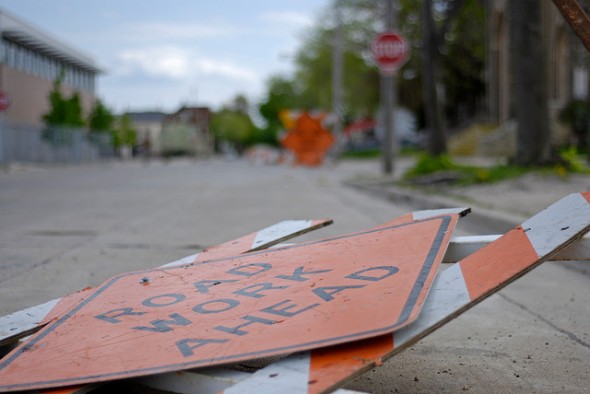If the bills are piling up and creditors are hounding you over unpaid debts, it may seem like the only way out is to file bankruptcy. While filing bankruptcy can give you a financial clean slate, it’s meant to be a last resort. In some situations, bankruptcy is unavoidable but in many cases, all it takes is careful budgeting and a little discipline to get your debt under control. If you’re struggling with your finances, these simple budgeting tips may be able to pull you away from the brink of bankruptcy.
Find out now: How much mortgage can I afford?
Get Organized
The first step in planning out your budget is to get organized. If you’re constantly chasing paper all over the house, it makes it harder to get your bills paid on time and increases the chances of something slipping through the cracks. Gather up all of your bills, loan statements, credit card statements and pay stubs and designate a place to keep them. It could be a folder, desk drawer or a basket, as long as you know where everything is.
Once you’ve got all your bills in one place, you need to make note of when each one is due and what the amount is. You can write it on a piece of paper, mark it on a calendar or create a spreadsheet to keep track of it all. The method you use isn’t really important as long as you’re easily able to see when your bills are due.
Know What You Owe
Before you can really begin to tackle your debt, you need to know how much you owe. If you’re in denial about how big the problem is, it’s time to face it head on. Start by making a list of everyone you owe money to, no matter how small the amount. Make note of what the interest is on the debt and how much you’re paying towards it each month.
When the list is finished, add up all of your debts and don’t be afraid of the final number. Knowing exactly how much debt you’re in can be scary but it gives you a starting point for digging your way out.
Compare Your Income to Your Expenses
In the simplest sense, a budget is really just a breakdown of how much money you have coming in versus how much goes out. You need to know exactly how much money you’re spending each month so start by making a list of your expenses. This includes fixed items, like housing and utility costs, and variable expenses such as groceries, clothing, entertainment and transportation.
Once you’ve added up your expenses, you can compare it to your monthly income. If you’re making more than you’re spending, then you’re already in good shape and you probably just need to work on organization. If you’re finishing up each month in the red, then it’s probably time to make some major adjustments.
Cut Your Spending
Cutting your spending frees up money in your budget that you can use to pay down your debt. Even if you already have a surplus each month, you should still consider cutting back on unnecessary expenses so you can get out of debt that much faster. If you don’t know how much nonessential expenses are costing you each month, try writing down everything you spend to see where your money is going.
Go over your monthly expenses carefully to look for things you can eliminate. Depending on your situation, this could mean dropping your gym membership, reducing your cell phone or cable package, cutting back on how often you eat out or putting yourself on a shopping freeze. You may want to go over your budget more than once to make sure you’re getting your expenses down to the bare bones.
Create a Debt Repayment Plan
After you’ve trimmed the fat from your budget, it’s time to figure out how you’re going to pay back your debts. If you haven’t done it already, now’s the time to cut up the credit cards, freeze them in a block of ice or do whatever it takes to put them out of your reach. You can’t get rid of your old debts while you’re still racking up new ones.
Developing your debt repayment strategy means deciding in which order you want to attack them. You could rank them lowest to highest by balance, highest to lowest by interest rate or in order of which you find most annoying. There are pros and cons to doing it either way so just choose the option that works for you.
Once you prioritize your debts, you’ll want to throw as much money as possible to the first debt while paying the minimums on all the rest. When the first debt is gone, you can roll the payment over to the next one on the list. Keep rolling your payments over each month and you’ll be debt-free in no time.
Making a budget is pretty straightforward but sticking to it takes hard work and discipline. Bankruptcy may seem like the easy way out but keep in mind that unless you take steps to address the issues that landed you in debt in the first place, it will be a short-term solution at best.
Photo Credit: magrolino
